
Search myodfw.com

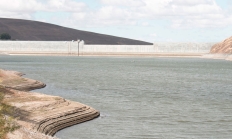
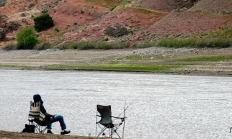


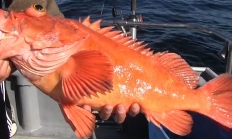
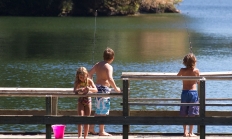
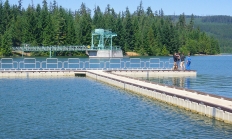
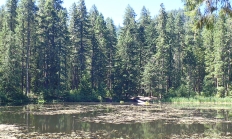

Each year, ODFW stocks millions of trout in dozens of reservoirs, lakes and ponds throughout the state. You can use the search and filter functions to search the stocking schedule for specific locations and dates. The schedule is subject to change without notice; see individual waterbody listings in the Recreation Report for updates.
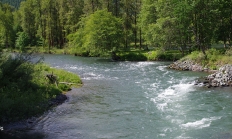

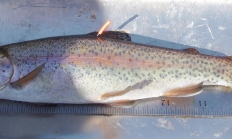

Practice shooting your bow regularly and you’ll develop the form and muscle memory you need to shoot accurately and confidently. Places to shoot from the backyard to the backcountry You can practice your shooting anywhere it’s safe and outside of urban growth boundaries. It's also illegal to shoot in the direction of any person, building, structure or vehicle within the range of your bow. So be sure there's y a clear line of sight between you and the target, and a safe backstop. Possible locations include: A large backyard in a rural setting Archery specific indoor and outdoor target ranges

A box calls is the most popular turkey call, and is a good choice for new turkey hunters. Box calls not only are easy to use, but they can sound very realistic. A box call can create a wide range of yelps, clucks, purrs, fighting purrs, cackles and gobbles. If you can get yelps, clucks and purrs to sound good on a box call, you’ll routinely bring in birds. Parts of a box call Box calls come in two parts – a narrow rectangular box with a paddle attached at one end. Attached with a single screw in the center

Pot calls, often called slate calls, are friction-style calls that are easy to use and produce a range of turkey sounds. Parts of a pot call A pot call consists of three parts: a pot, a calling surface and a striker. The pot holds the slate and acts as a sound chamber. There are holes drilled in the bottom for sound to escape. To keep from covering the holes, hold the pot with the tips of your fingers, keeping it away from the palm of your hand. Pot calls can be made to be all-weather, with the right striker. The


Cole Rivers Hatchery was constructed by the US Army Corps of Engineers (USACE) in 1973 to mitigate for spawning and rearing areas blocked by the construction of Lost Creek, Applegate, and Elk Creek Dams. The hatchery was named in honor of Cole M. Rivers, a biologist on the Rogue River for 20 years. The facility is used for adult collection, spawning, egg incubation and rearing of spring Chinook, coho, summer steelhead, and winter steelhead, and egg incubation and rearing of fall Chinook and rainbow trout. Infrastructure Repair and Renovation Updates
